Snow-white snowdrop: the best garden decoration!
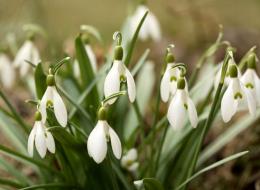
A delicate and very fragile flower, the snowdrop pleases our eyes for a very short time. It blooms only once a year, from the beginning of March to the beginning of April, during the period when the snow bares the ground, warming it with the first rays of the sun.
The plant, which has about 20 species in nature, has recently been successfully grown in suburban garden plots. Flower growers who began breeding, planting and monitoring the growth of snowdrops at home came to the conclusion that the best flower variety for suburban areas in our climatic conditions is the snow-white snowdrop - G. nivalis.
Content:
- All about snowdrop white
- Preparing the soil for planting
- Planting white snowdrops
- Secrets of growing snowdrops
All about snowdrop white
The leaves of a flower are different shades - from light green to dark saturated shades with bluish narrow longitudinal stripes. The flower acquires different colors and shapes depending on the region in which it grows. European snowdrops have darker green leaves that are flat in shape and slightly pointed towards the tip of the leaf. The Caucasian flower has a delicate light green leaf color, three leaves instead of two, and a slightly elongated stem.
The snow-white snowdrop received its name in 1735 from the famous Swedish naturalist Carl Linnaeus. The European snowdrop is called differently in different countries.The Germans are a snow-white bell, the Spaniards are a “white snowflake”, and the British are a “snow earring”. But no matter where the snowdrop grows, it blooms in the same way, captivating absolutely everyone who watches it.
The two palms of the bract, as if tightly squeezing and protecting the snowdrop, open as soon as a flower breaks into the light. The bud is released and directed into the sky by the tips of the petals. Then the snowdrop blossoms, turning into a delicate flower on a curved, fragile stem.
Preparing the soil for planting
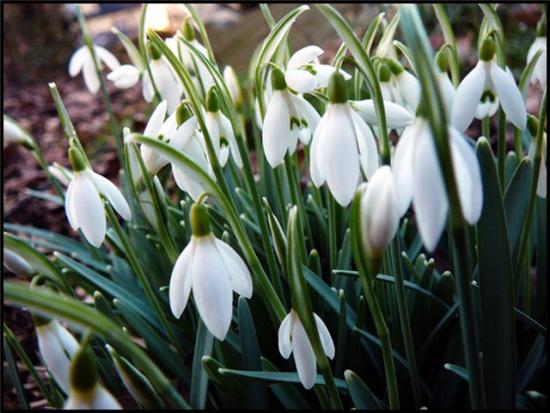
To obtain beautiful large white snowdrop flowers, you need to prepare the soil before planting. If the soil on a suburban area is dense due to the recent construction of a house or due to its hydrological characteristics, then several measures need to be taken to improve it.
Several visible prerequisites for starting health improvement work:
- The soil has a dusty structure
- After watering, the ground becomes covered with a small dense crust.
- The soil is infertile
Planting white snowdrops
It is better to purchase and plant snowdrops when the plant is completely dormant. This period occurs from mid-July to early September. In warm regions, the planting period can be extended until early October if the weather is dry and warm and the soil has not yet been subjected to the first frost. The basic requirements for planting white snowdrops are as follows:
- The plant needs to be planted with bulbs, since the existing small green leaves indicate that this snowdrop will feel uncomfortable taking root in the ground and will most likely quickly weaken before it has time to rise.Even after taking root, such plants rarely bloom in their first spring, still continuing to collect in the soil all the elements necessary for their life activity.
- A prerequisite for planting bulbs is its humidity. It should not be overdried, and by the day of planting it should not be exposed to air for more than 1 month.
- If you purchased the plant earlier, sprinkle the seedlings with a layer of sawdust to retain moisture. Such seedlings must be stored in a dark and cool place.
- The bulb is planted in loosened soil to a depth equal to two bulbs. If the black soil in the garden bed is dense, the depth can be reduced to one bulb.
- Reproduction can also be carried out using seeds, but in this case flowering plants should not be expected earlier than after 3-4 years.
When caring for white snowdrops, you need to remember one more rule - the final cutting of the leaves of the flower should be done only after they have completely died. During the growth period, you can feed the snowdrop with inorganic fertilizers. Experienced flower growers say that the best fertilizers for this plant are only liquid ones enriched with potassium and phosphates.
Secrets of growing snowdrops

Reproduces white snowdrop vegetatively, forming 1-2 bulbs per plant. It is best to plant the flower in rows or groups of 10-20 bulbs. The landing site is chosen in advance.
Of course, group planting in a round flower bed will look more impressive and organic, reminiscent of the chaotic growth of a flower in natural conditions. The area for snowdrop growth must be well loosened, well drained and illuminated.
The white snowdrop is a very “smart” plant, and even if you don’t guess the depth of its planting, if you plant the bulb deep enough, the flower will produce another bulb on top of it, from where the stem will develop.
For the winter, the planted snowdrop bulbs are mulched with rotted humus or peat. After the flower emerges from the ground and begins to grow, adding compost is highly undesirable. To strengthen the growth of a flower, it must be replanted to another place every 5-6 years.
Snowdrops are moisture-loving plants, so for active growth and early flowering they need abundant watering.
Video about snowdrops blooming:
Interesting information about the vegetable garden

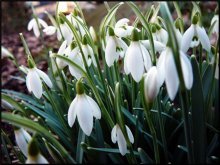
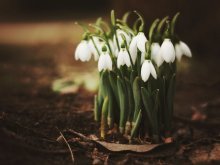
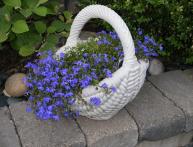

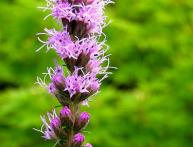
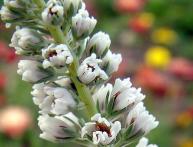
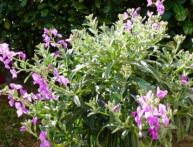

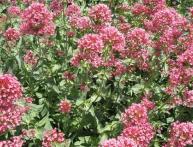
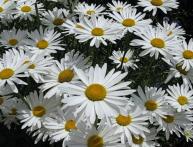
Comments
Good day! I completely agree that snowdrops are the best decoration for the garden. For me, these are generally fabulous flowers. If you take good and skillful care of them, you will get a truly fabulous garden.